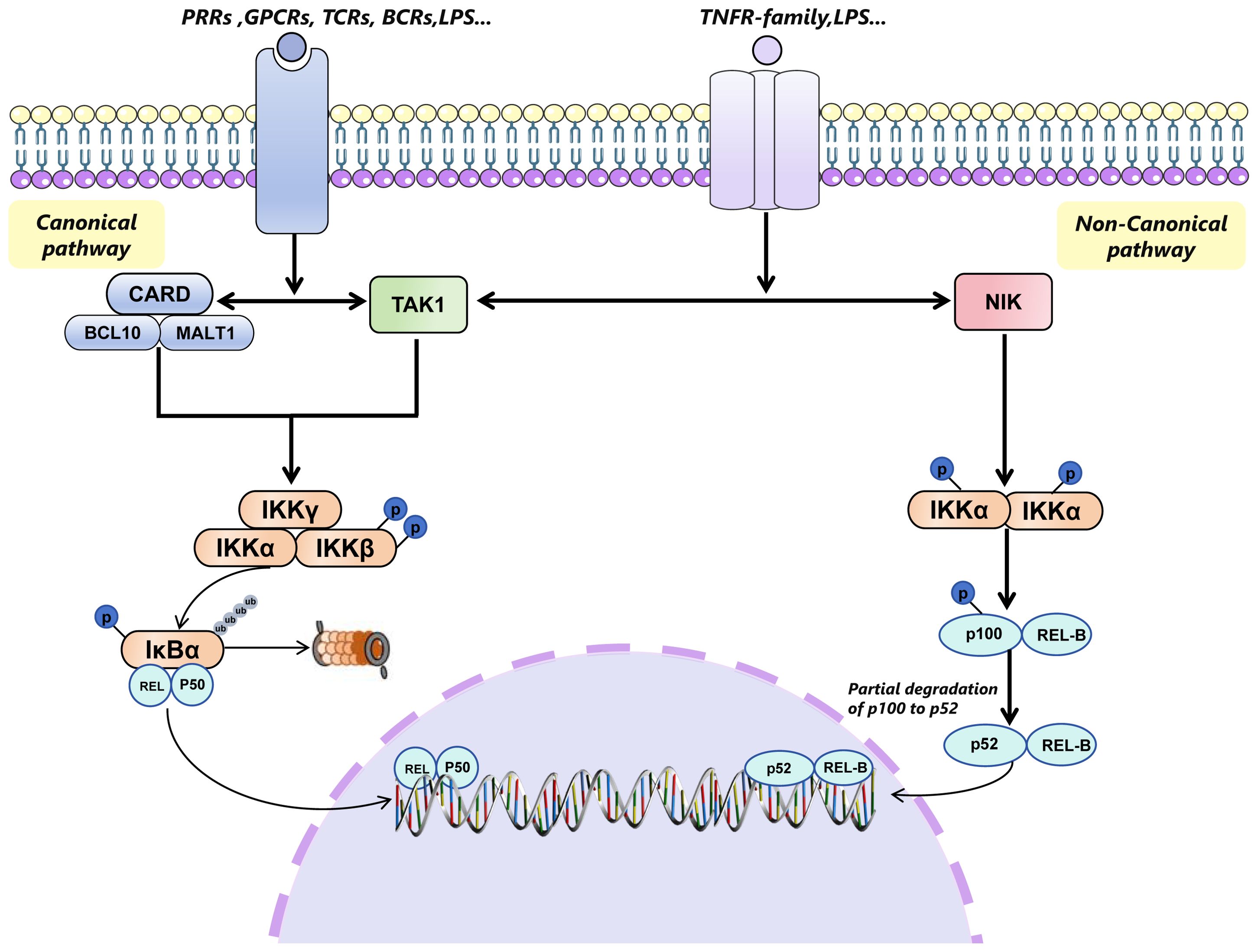
New Findings Illuminate the Challenges of Treating Pancreatic Cancer
Pancreatic cancer, characterized by its dismal outlook and significant treatment resistance, has posed a persistent challenge for both researchers and healthcare providers. Despite many years of research and the introduction of innovative therapies, the condition still boasts a disheartening five-year survival rate of roughly 10%. Recently, a group of global scientists has discovered an unrecognized mechanism within the cells that encase pancreatic tumors—an insight that could transform the comprehension and management of the disease.
Central to this groundbreaking revelation is a protein called Galectin-1, which was previously believed to function primarily outside of cells. However, research published on April 2 in the Proceedings of the National Academy of Sciences indicates that Galectin-1 also operates within the nucleus of specialized support cells known as fibroblasts. These fibroblasts, which constitute a vital part of the tumor microenvironment called the stroma, have been recognized as active participants in the cancer’s progression and drug resistance due to the nuclear roles of Galectin-1.
A Dual-Role Protein in a Complicated Environment
Historically, fibroblasts have been acknowledged for their role in forming a dense protective shield around tumors, contributing to the robust stroma that complicates treatment options for pancreatic tumors. This stroma not only strengthens the tumor but also interacts with cancer cells, facilitates metastasis, and hinders the effectiveness of therapeutic agents.
“Historically, our attention was on fibroblasts as mere physical barriers,” noted Dr. Pilar Navarro, leader of the Cancer Molecular Targets Research Group at the Hospital del Mar Research Institute in Spain. “However, we now understand that they act as biochemically active partners within a tumor-promoting environment.”
What is particularly novel and unexpected is Galectin-1’s function within the fibroblast nucleus, where it alters gene expression through epigenetic mechanisms. Unlike mutations that change DNA, epigenetic modifications adjust the on/off status of genes without altering the original genetic sequence. This nuanced form of genetic regulation allows fibroblasts to generate signals that actively foster tumor activities.
Galectin-1’s Influence on KRAS: A Lethal Link
The study solidifies a direct connection between Galectin-1 function and KRAS, a gene notoriously linked with pancreatic cancer. Over 90% of pancreatic tumors harbor a mutated version of KRAS, leading to unregulated cell division and tumor advancement. Notably, the Galectin-1 protein modulates the normal form of KRAS in fibroblasts, thereby contributing to the creation of a tumor-friendly microenvironment.
“Galectin-1 can regulate gene expression in these cells at a remarkably specific level without changing the DNA sequence,” Dr. Navarro stated. “One of the genes it influences is KRAS, which is crucial in pancreatic tumors.”
This dual-layer regulation—both external secretion and internal genetic manipulation—positions Galectin-1 as a particularly influential factor in the stubborn resistance of pancreatic cancer.
Future Treatment Implications
Previous strategies targeting Galectin-1 primarily focused on inhibiting its extracellular actions, under the impression that its tumor-promoting roles occurred solely outside the cell. However, the new findings indicate that merely suppressing the secreted version of the protein is inadequate. To effectively diminish its impact, researchers must also explore methods to inhibit Galectin-1 within fibroblast nuclei.
“When we inhibited both Galectin-1 and KRAS simultaneously, the fibroblasts lost their capacity to promote tumor growth,” remarked Dr. Judith Vinaixa, the study’s lead author. “This indicates significant therapeutic promise in targeting the intracellular functions of Galectin-1.”
Co-author Dr. Neus Martínez-Bosch highlighted the necessity for innovative drugs: “We need to discover inhibitors that act within fibroblast nuclei, rather than just on the secreted form of the protein. This represents a completely new therapeutic approach.”
Extending Beyond Cancer Cells: Targeting the Tumor Ecosystem
Dr. Gabriel Rabinovich from Argentina’s CONICET and the CaixaResearch Institute pointed out that one of the most compelling elements of this discovery is how it redirects focus from solely attacking cancer cells to also addressing their supportive cellular partners.
“The forthcoming steps will involve investigating therapeutic combinations that inhibit both extracellular and intracellular Galectin-1,” Dr. Rabinovich stated. “Given that Galectin-1 also plays a role in blood vessel development and resistance to immunotherapy, inhibiting it could result in extensive anti-tumor consequences.”
By disrupting Galectin-1’s effect on KRAS and other genes within stromal cells, researchers may finally dismantle the strong alliance between tumors and their supportive networks—an alliance that has rendered pancreatic cancer particularly formidable for medical professionals and devastating for patients.
A New Era in Pancreatic Cancer Research
This study represents a crucial advancement in the battle against one of oncology’s most formidable foes. The international team responsible for this research includes a cooperative effort among the Hospital del Mar Research Institute, IIBB-CSIC-IDIBAPS, Mayo Clinic, and the Instituto de Biología y
